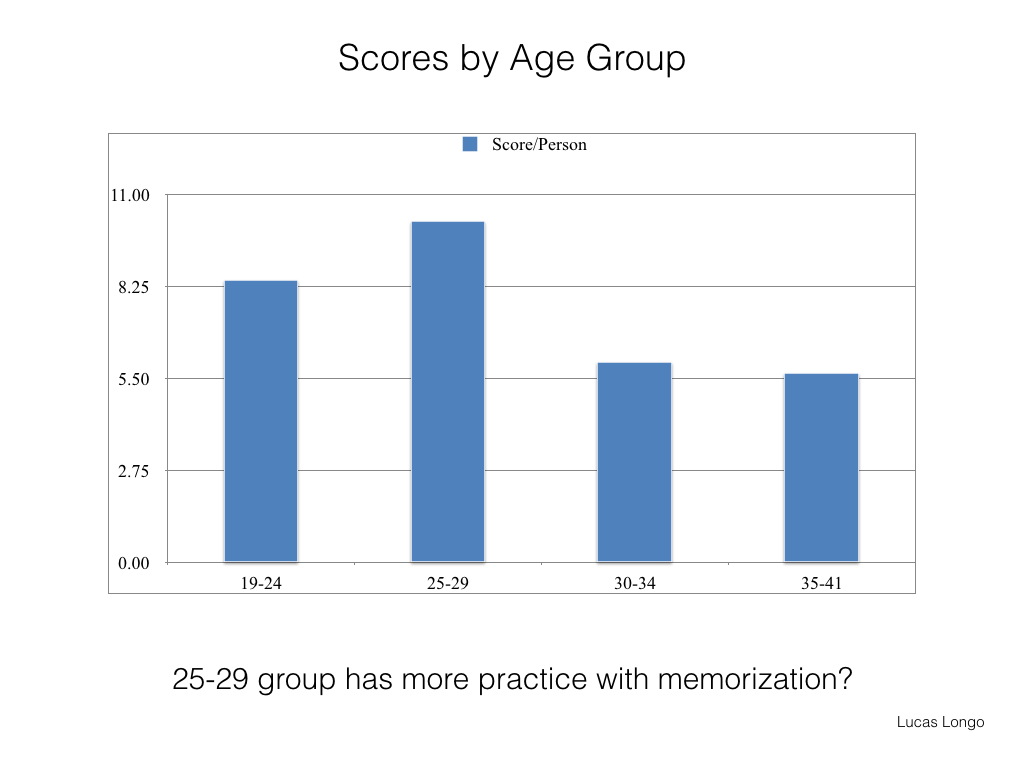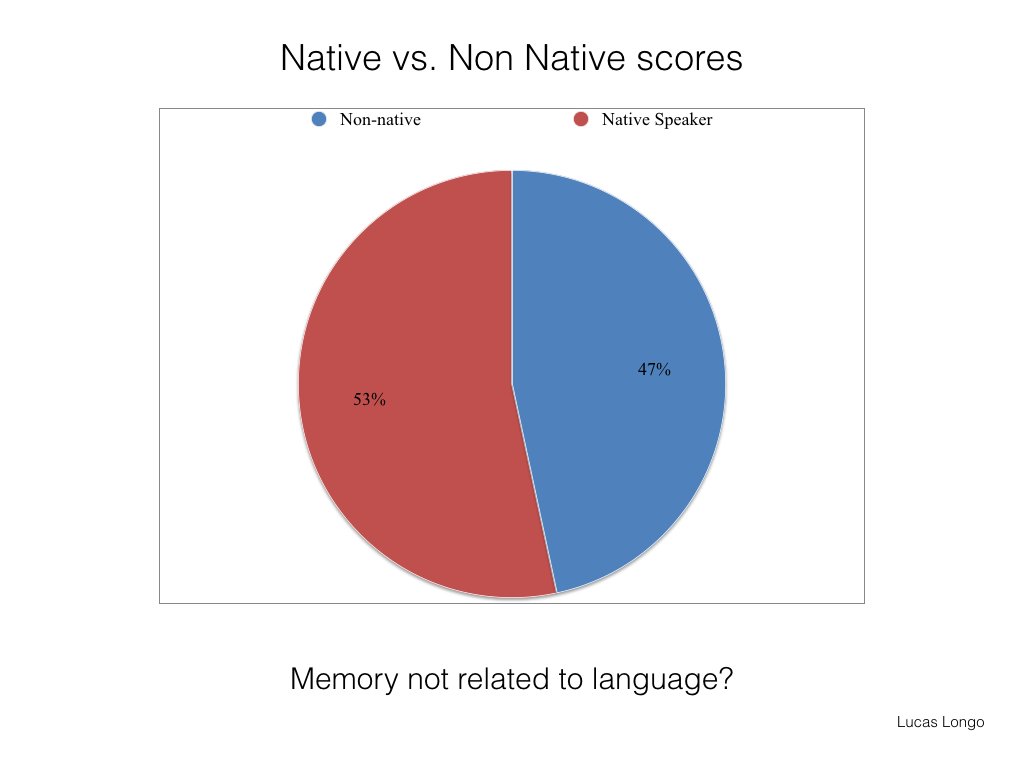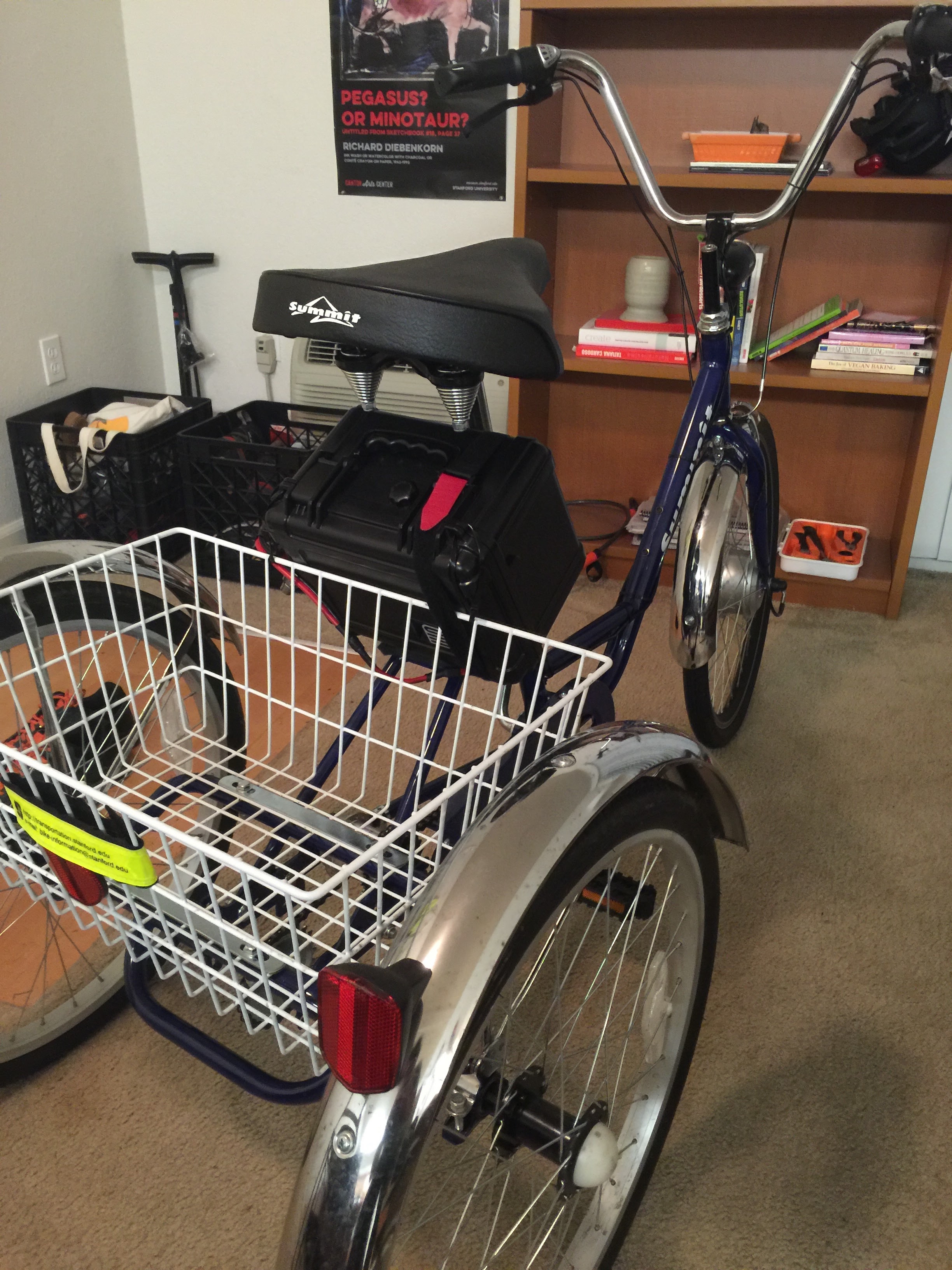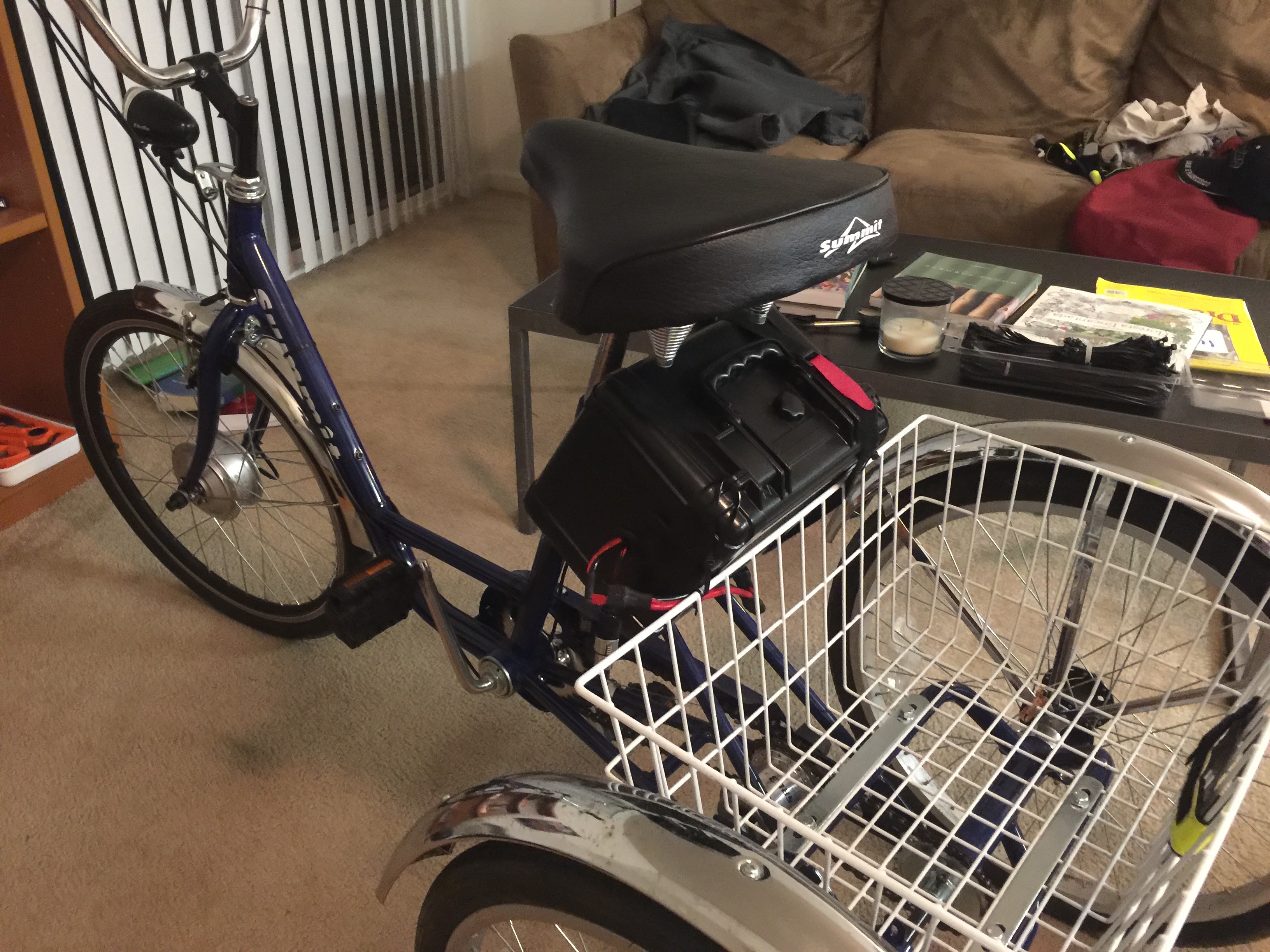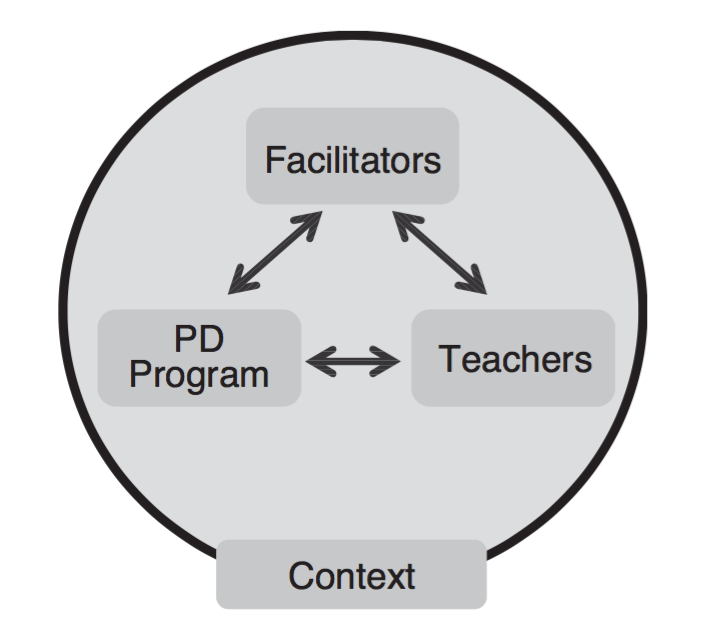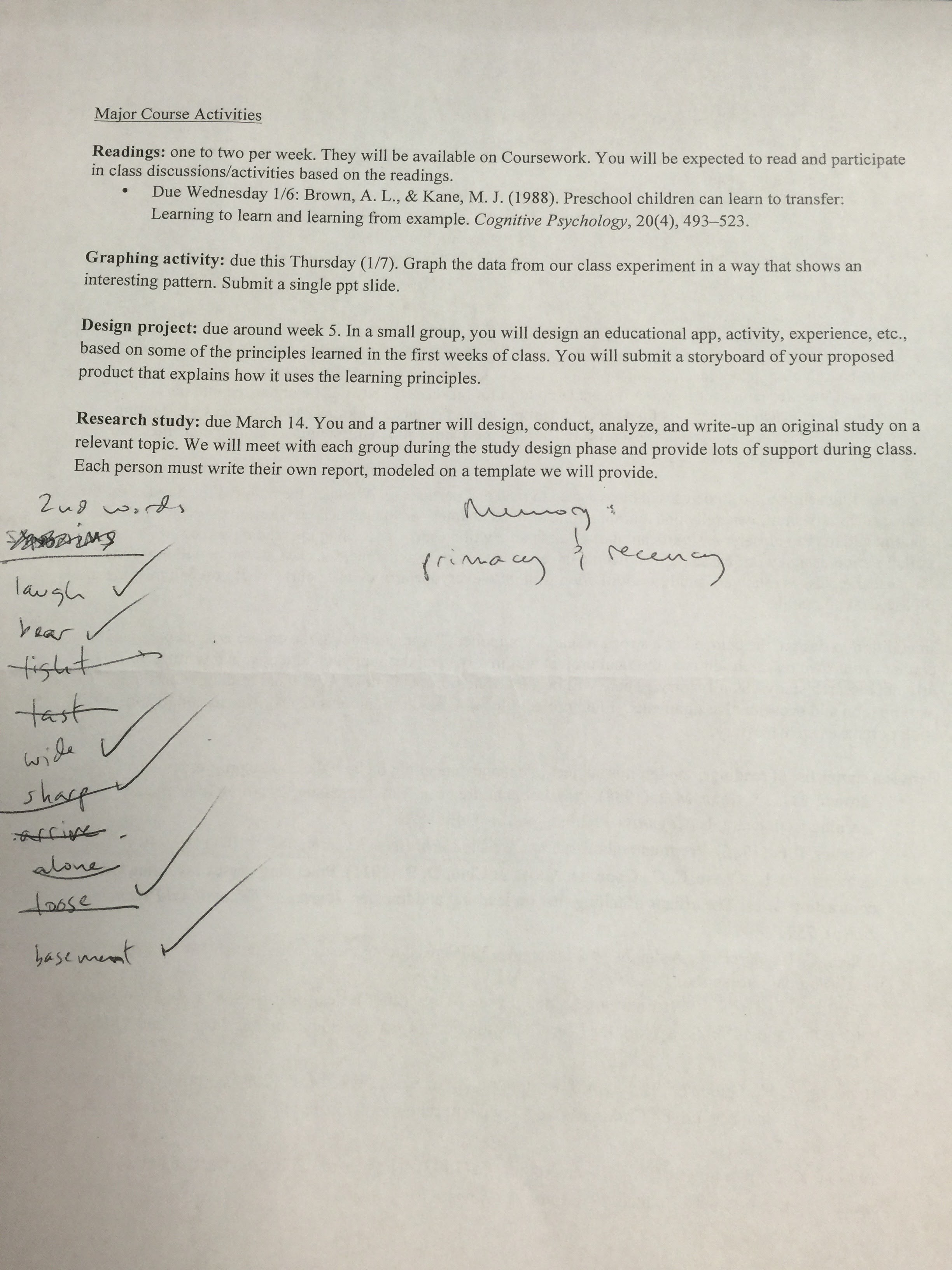(insert class slides here)
Transfer:
- Applying a skill learned in one context in a different one
- Relational reasoning must occur to overcome different surface features.
- For it to occur, one must be able to understand the underlying structure or “deep features”.
Negative Transfer – when you use a ‘learned’ skill in an analogous situation incorrectly.
Analogies:
- How to increase creativity using analogies?
- Analogies in scientific discovery are usefull to tangibilize abstract concepts
- Kepler – speed of planets to derive gravity
- Dunbar – biological analogies
- Strong prior knowledge is essential for creating effective analogies
- Learning facts therefore sometimes is needed
Exercise: create analogies for the following:
- A robbed safe
- A pearl removed from a closed shell – NA
- A person who’s lover has left – HQ
- A hacked database – NA
- A light bulb blowing out
- A candle extinguished by the wind
- A tire popping flat
- Collapsing while running a marathon
- An overheated engine
- A budding cocoon
- A flower blossoming
- A transformative chemical reaction
- A chick being born
- A sprouting seed
Structure coding of analogies:
“A robbed safe”
Not Analogical
- Someone taking something out of a protected space
- An empty box
- A stolen wallet
Low Quality
- Squrrel digging nuts
- Expect something from computer and it’s broken, you can’t get it
High Quality
- Cheating on a partner
- Soldier coming back from war with PTSD
Asked people to create analogies, sitting or moving indoors or outdoors. From lowest to highest scores for High Quality Analogies:
- Indoors – sitting
- Indoors – walking
- Outdoors – sitting
- Outdoors – walking
So… study/create outside 🙂 Is that why Steve Jobs always had long walks as meetings?
From lowest to highest scores for Novelty of Analogies:
- Indoors – sitting
- Outdoors – sitting
- Indoors – walking
- Outdoors – walking
So… walking helps with novelty or divergent thinking.
=> Moving around outside improves creativity and thinking BUT most of Edcuation is done indoors with the students sitting around.
Analogy as a Core Mechanic for Transfer
Analogical Transfer
- Initial learning – need to learn underlying structure of the base
- Spontaneous access – need to be able to retrieve information
Example: The Radiation Problem
- No previous story – 10% solved it
- Spontaneous transfer – 30% solved it
- Hint condition – 75% solved it
Method: Give them 1 analogue, 2 analogues and compare, principle, and/or diagram.
Result: 2 analogues + principle + diagram was the best. But mainly it is the 2 analogues that make the difference.
With 2 analogies, you are able to create a Schema to solve the problem.
But bad analogies can be dangerous leading to wrong schemas.

